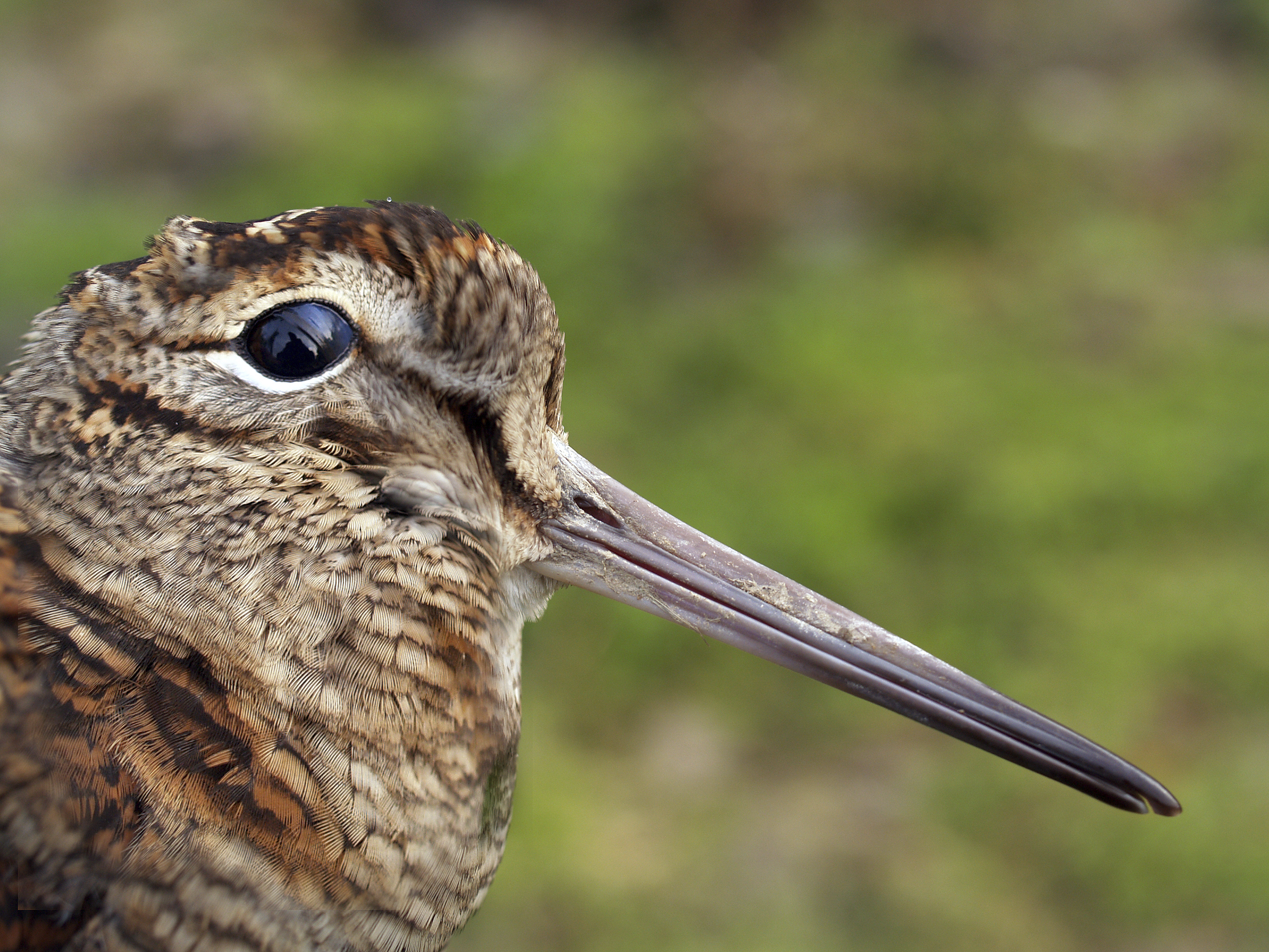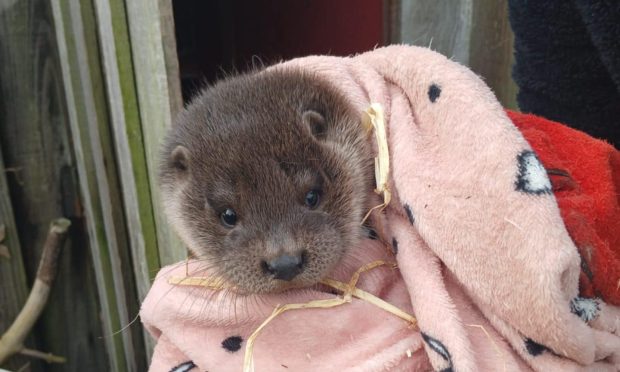Standing in the diminishing light of dusk by an avenue of pines, I see the woodcock heading towards me, skimming low over the treetops on flickering owl-like wings and uttering strange croaks and intermittent hissy chirps.
Over my head he flies, disappearing behind a high bank of trees. All is quiet again, but male woodcocks have favoured circuits they patrol, so I wait.
Sure enough, a few minutes later he swings back into view sweeping high along the edge of the wood. Croak, croak, chirp and across the gloaming sky he goes, soon to repeat the process all over again.
Known as ‘roding’, the mystical fight of the male woodcock is compelling to watch and every spring I return to the same little piece of woodland near Powmill in Kinross-shire to enjoy their aerial displays.
A few years ago I would have seen several roding woodcocks on each visit, but more recently numbers have dwindled and this time around I see only the one. Is this just a short term blip or are our woodcocks in general decline? I suspect the latter, for even in winter when many migrant woodcocks fall upon our shores, they seem less abundant than before.
It is almost dark and as I make my way back to the car, a cock pheasant throws in his tuppence worth, a sudden cockerel-like crow followed by a rapid rustle of the wings. There is a crash and snapping of twigs nearby – too dark to see what, but I know from experience that I’ve unsettled a pair of roe deer. There is life all around, but now I can’t see a thing.
The warmer weather is like a tonic to our wild plants and a succession of different types are now bursting into flower. Dog violets are especially common, although their small purple flowers are not particularly eye-catching. The ‘dog’ part of the name is used in a somewhat disparaging sense and relates to their unscented flowers. The sweet violet, on the other hand, has a gentle fragrance but it is rather scarce in Scotland.
Look out too for greater stitchwort, such a delicate white flower with fragile stems that rely upon long-growing grass for support. It is so named because it was once a supposed remedy for stitches or sudden pains in the abdomen. It was also regarded by those of superstitious mind as a plant that would induce thunder and lightning if picked.
A friend in Holland tells me he can hear nightingales at the moment singing in the woods and thickets behind his house. Sadly, the Scottish climate is not suited to nightingales, but we do have blackcaps, which can put together a pretty impressive song too. These summer visitors arrived a few weeks ago and ever since they have been making their presence felt with their wonderful ringing musical notes.
Info
The male woodcock will patrol over a large area during his ‘roding’ display flight as he competes with other males to attract the attention of females










